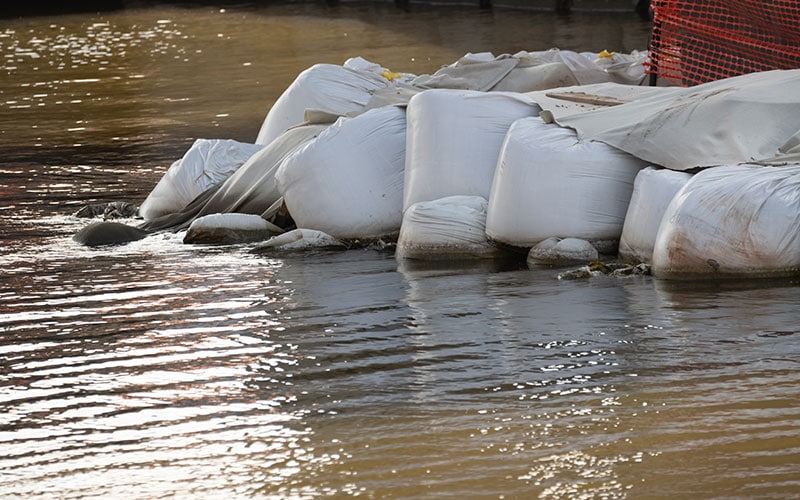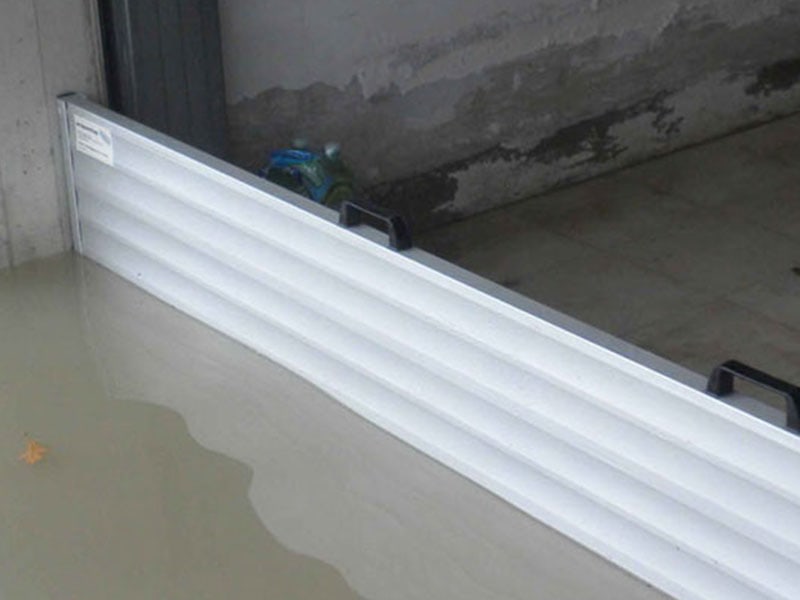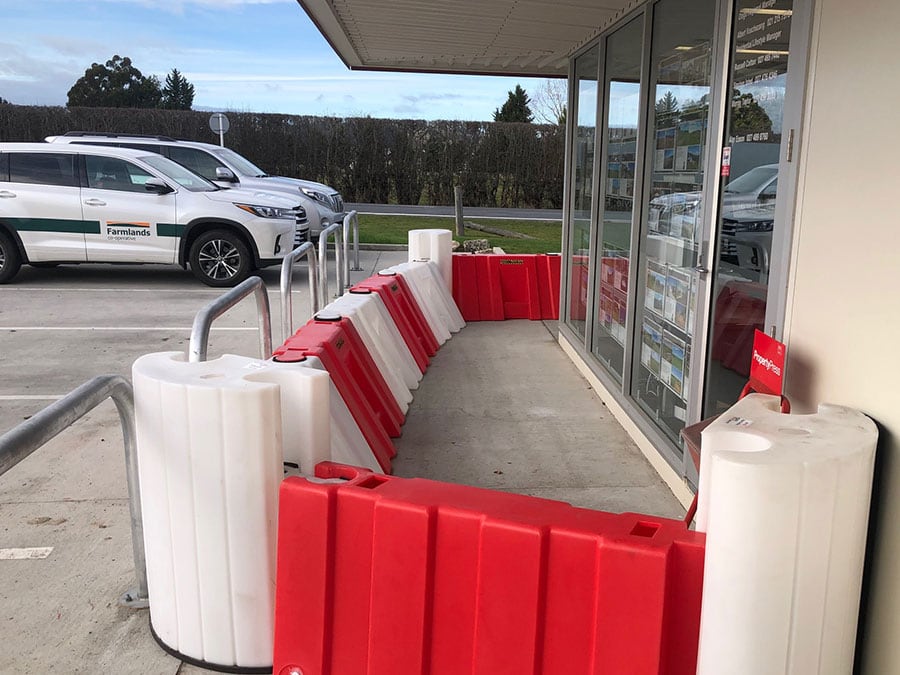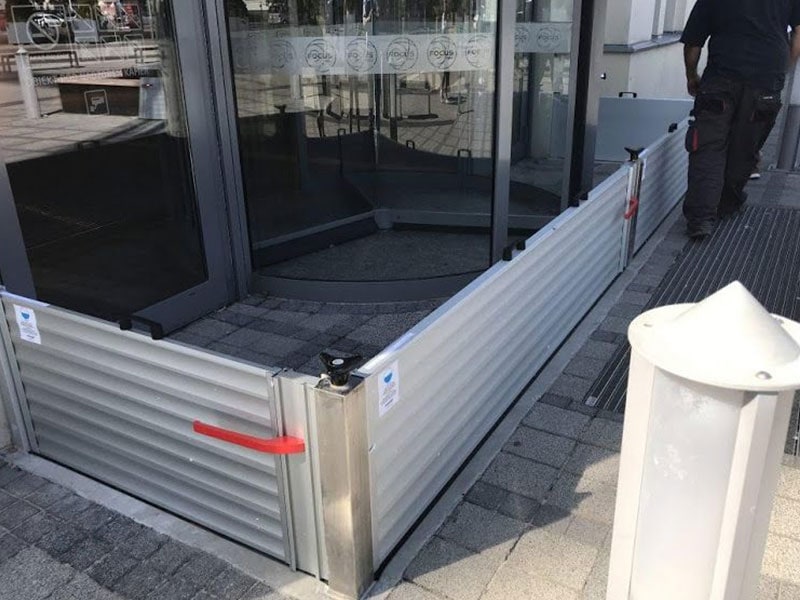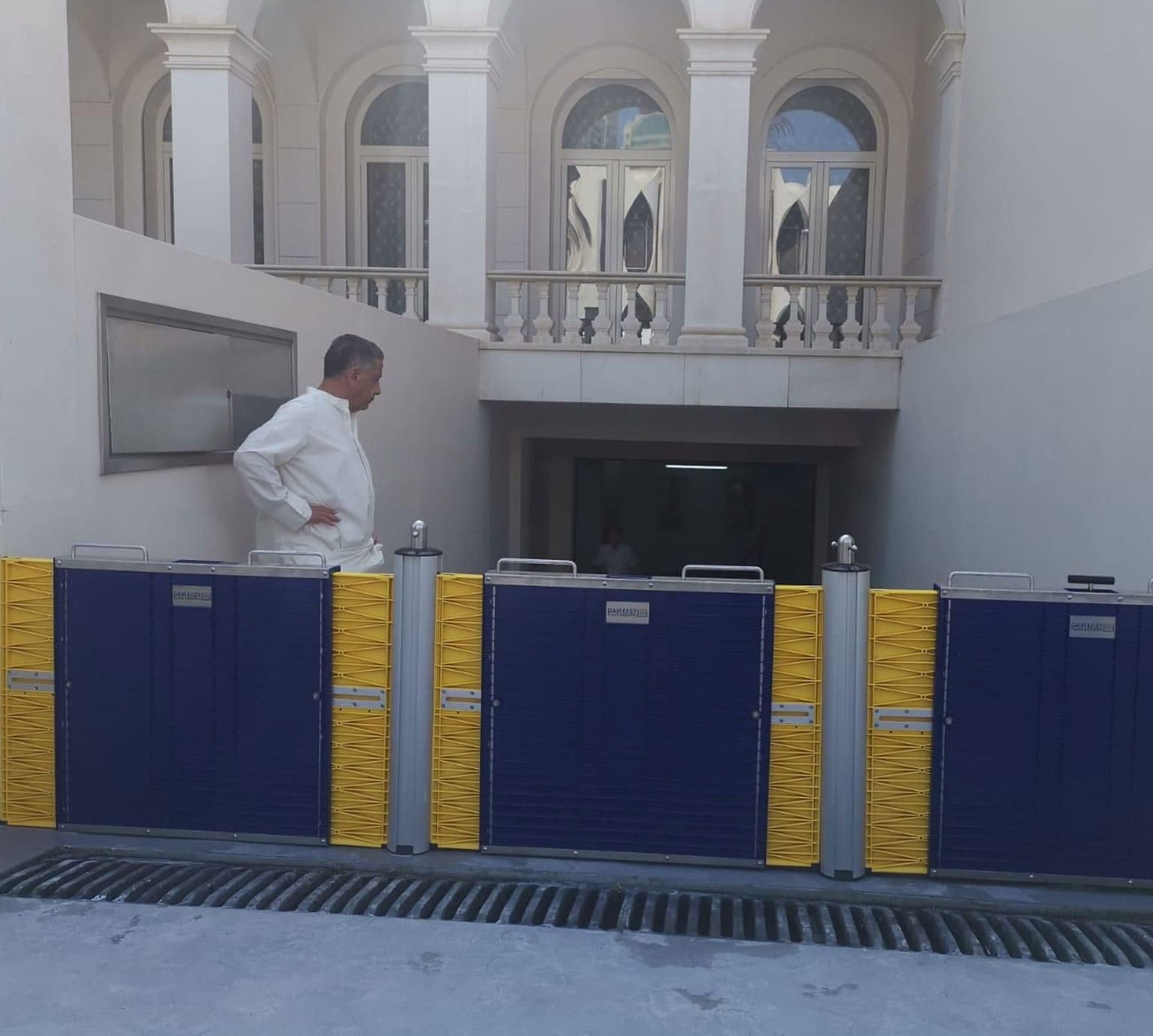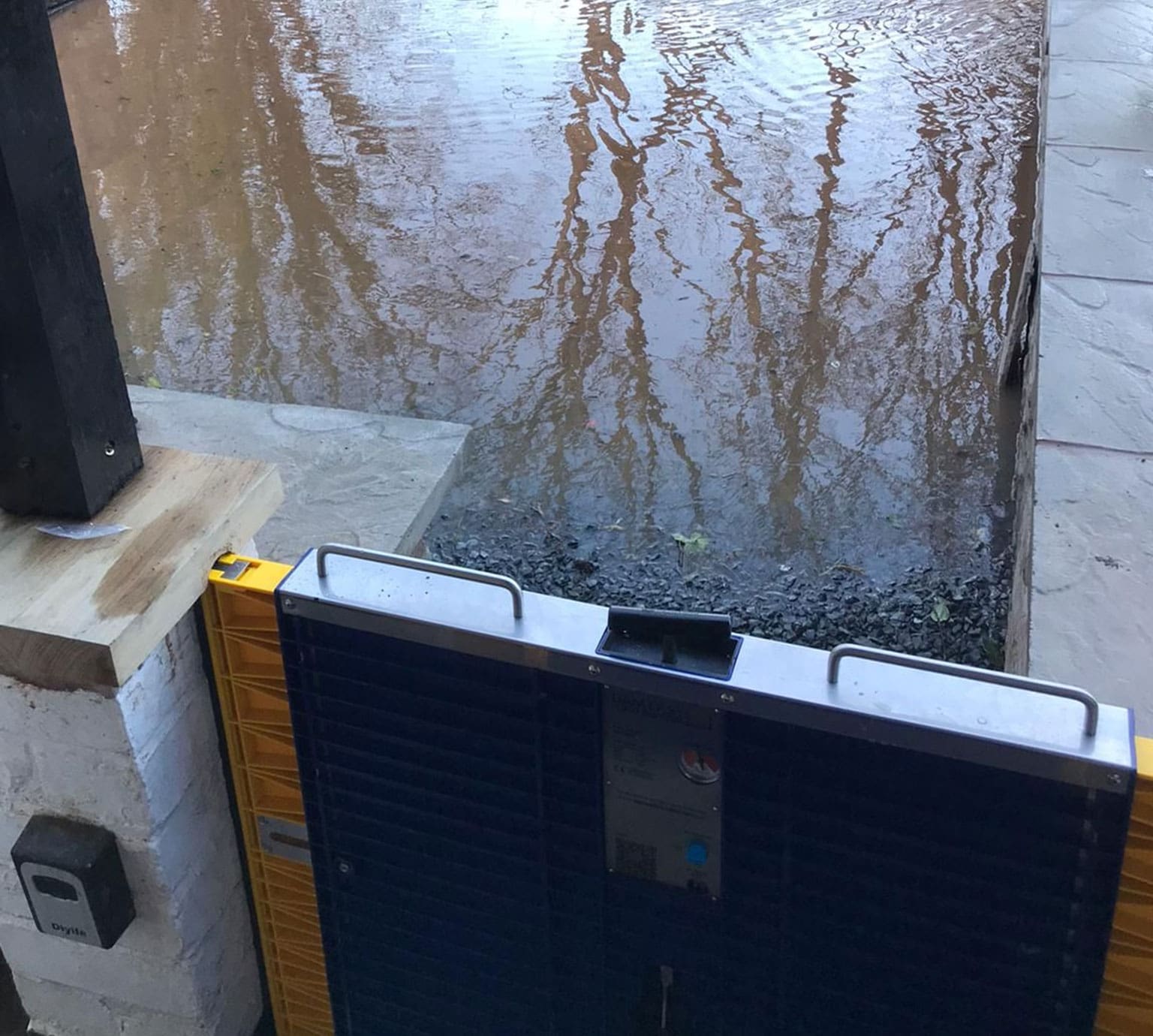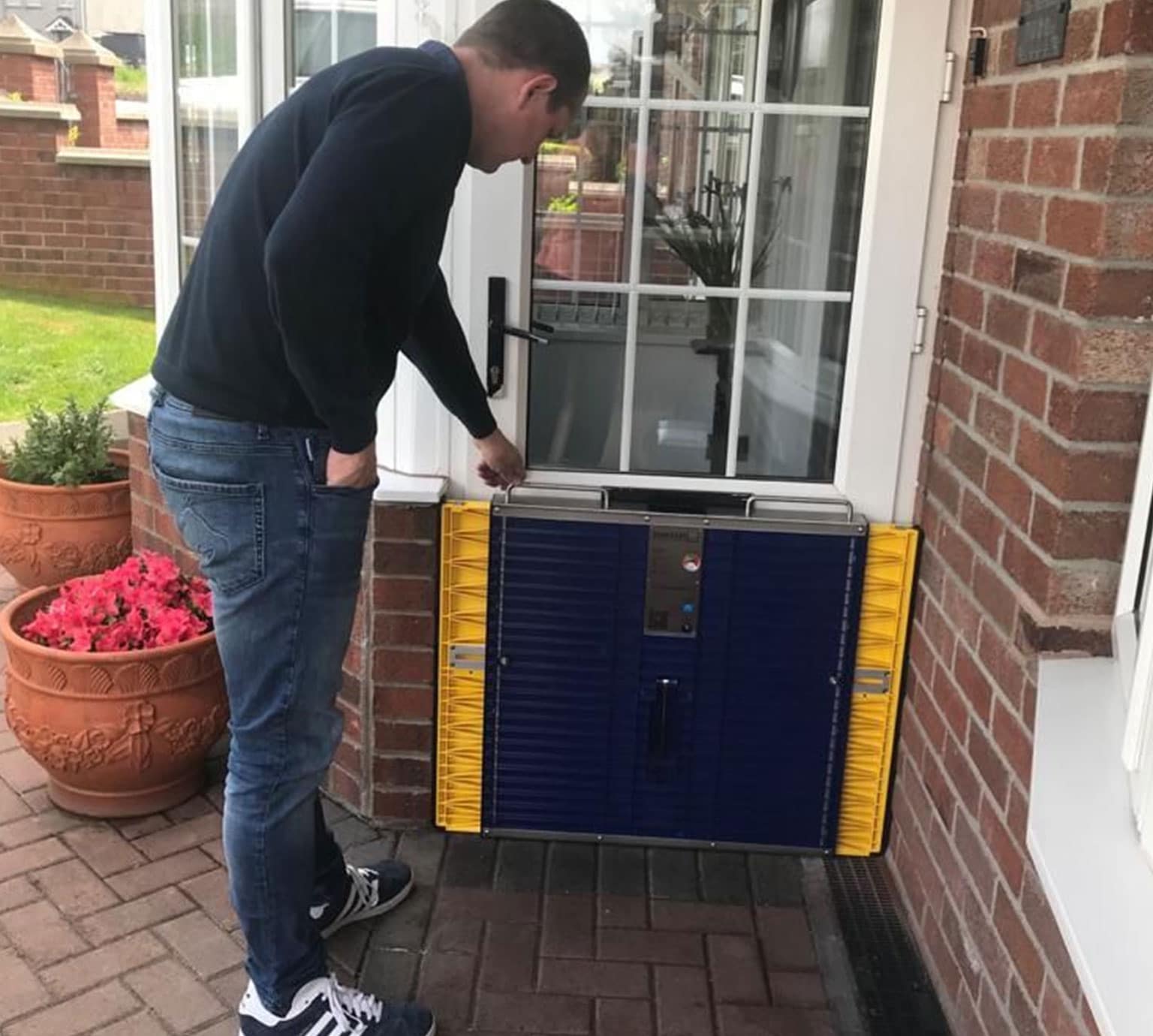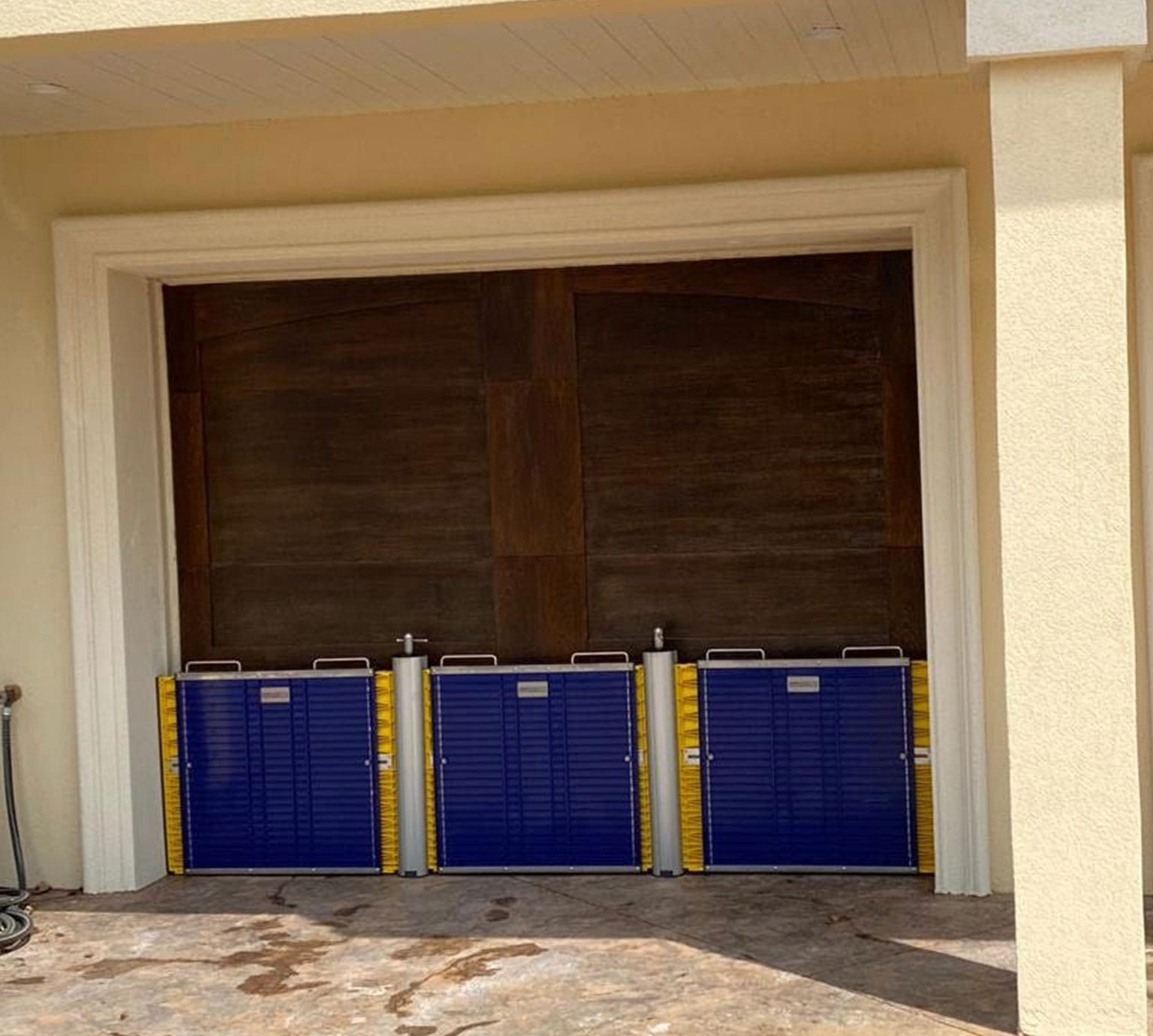Since floods hit the North Island in early 2023, there’s been unprecedented demand for flood protection systems. Preventing flooding is now a serious concern for both home owners and businesses. So what options do they have?
Auckland’s Anniversary Weekend floods were like nothing the city had seen before – it received a whole summer’s worth of rain in a single day, which NIWA said was a 1-in-200 year event.
Just two weeks later, Cyclone Gabrielle made its way across the country, causing widespread destruction in Hawke’s Bay.
Since these events, Supply Force is seeing a massive increase in people wanting flood protection for their homes and businesses after experiencing the devastating impact that floods can have on people’s lives.
Sandbags have been a popular flood protection solution: in Auckland after the Anniversary Weekend floods, supplies of sand ran out, leading to people digging up sandpits to fill bags with.
When Cyclone Gabrielle loomed shortly after, sandbags stations had been set up around Auckland to provide free flood protection to people.
These events showed there is a need for ways to prevent flooding, but are sandbags the right solution?
What Are Flood Gates and How Do They Work?
When we think of flood prevention, more often than not, sandbags come to mind first because we’ve been using them as a flood prevention solution for many years. In an attempt to stop or slow down flooding, sandbags are used to construct a wall. But sandbags have never really been a foolproof solution – even the best sandbag wall can still let 15% of water through. Innovation was needed so that homes and businesses could be effectively protected from the horrible damage that flooding causes – this need is how flood gates were born.
Flood gates are a sandbag alternative designed to block floodwaters from coming through an entrance, be that a door or garage. Flood gates are usually made of aluminium and plastic and are secured at the base of an entranceway to prevent water from entering.
Some great examples of effective flood gates are Supply Force’s Dam Easy Door Dams and Floodstop Flood Barriers. These products demonstrate the versatility of modern flood control; Dam Easy Flood Barriers are an extremely quick and easy solution, adjustable to fit all kinds of entranceways with an inflatable seal to create a weathertight barrier. Additionally, if you’re after a custom solution, Aquastop is what you need – a pressure fit and tailored made to your exact specifications.
Flood Gates vs Sandbags – Which Is Better For Preventing Flooding?
For many years, people have used sandbags to try to hold back floodwaters. But as anyone who has ever dealt with a flood knows, sandbags are far from perfect. Therefore, in recent years, many homeowners and businesses have turned to flood gates as a flood prevention solution – why is this the case?
1. Flood gates are cheaper
These are a one-time purchase and the initial investment will pay for itself after one use. When looking at the cost of sandbags, what often isn’t considered is the cost of transporting the bags, as well as the cost of building the wall and then disposing of contaminated sandbags.
Sandbag walls are incredibly time-consuming to build and must be constructed a certain way to provide maximum protection.
A flood barrier costs $1500 including GST and can be used time and time again. By comparison, you will need 150 sandbags to build a meter high and wide wall. At $5 a bag, that’s about $750. If you add time, the cost of building the wall, and the strain on your back, it’s a lot of money for a solution that will still allow water to seep through, and needs to be thrown away at the end. When you factor in the cost of transport and possibly the largest bill, packing up and then disposing of contaminated sandbags, flood gates are considerably cheaper!
2. Flood gates are more effective
As mentioned above, even the best sandbag wall can still let 15% of water through. That’s an alarming statistic considering the severity of damage that even a little water can have on a property. Even when a sandbag wall is built correctly, with plastic sheets between each layer, and at the correct height and depth, water will still seep through.
On the other hand, flood gates are known for their proven efficacy, after all, they are made from non-permeable material and pressure fitted.
3. Flood gates are quicker, easier & safer to set up
Setting up sandbags is time-consuming and given floods happen quickly, there might not be time to build a sandbag wall. Even the slightest mistake with the set-up can greatly decrease performance and have damaging effects on your property. Installing sandbags is also very tiring – sandbags are heavy, and with the number of them you’ll need for flood prevention, the risk of straining your back is likely.
In contrast, flood gates can be installed in minutes by one person, meaning you’re almost guaranteed to be able to get it set up before flooding starts. Pretty much any adult can set up a flood gate – it’s great for people who don’t have the ability to lift heavy sandbags. Another bonus is that they’re easy to store.
So Which Is Best, Sandbags or Flood Gates?
What’s the verdict? Are flood gates really better than sandbags for preventing flooding? The answer is a resounding yes! Not only are they more effective at stopping water from entering your property, they’re also easier and quicker to set up. Not to mention, they are built to be reused for many years – making them a more cost-effective solution in the long run.
Don’t wait until it’s too late – get prepared by embracing the latest technology in flood prevention. Find the flood protection solution that is perfect for you.

